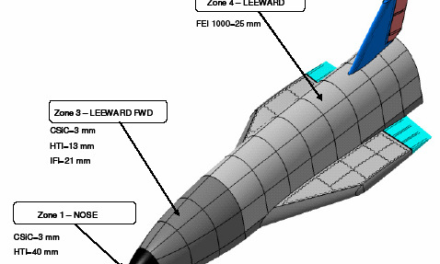Smart guns and digital fire-control systems are revolutionizing firearm technology by incorporating advanced electronics, sensors, and connectivity to enhance safety, performance, and functionality. These innovations are pushing the boundaries of traditional firearm design and use. Here’s how they are changing the landscape:
1. Enhanced Safety Features
- User Identification: Smart guns can be designed to only fire when a specific user is holding them. This is typically achieved using biometric recognition systems, such as fingerprint scanners or grip sensors, ensuring that only authorized users can discharge the weapon. This reduces the risk of accidental discharges or misuse by unauthorized persons (e.g., children or thieves).
- Personalized Access: Some smart gun technologies use RFID (Radio Frequency Identification) or Bluetooth to only allow the gun to function when paired with a wearable device, such as a ring or bracelet, further preventing unauthorized use.
2. Integrated Digital Fire-Control Systems
- Accuracy and Performance: Digital fire-control systems can enhance shooting accuracy by incorporating sensors that adjust the gun’s aiming mechanism in real-time. These systems can compensate for factors like wind, distance, and elevation, providing optimal firing adjustments for precision.
- Electronic Sights and Smart Optics: Some firearms are equipped with smart optics that can communicate with the gun’s fire-control system. This integration allows for adjustments to be made automatically, ensuring that the sights are aligned and the weapon is ready to fire at the optimal point of impact.
3. Data Collection and Analysis
- Tracking and Recording: Smart guns can be equipped with sensors that record data on each shot fired, such as the number of rounds fired, the location of shots, and the gun’s overall performance. This data can be valuable for both law enforcement and individual users to track the weapon’s use and monitor any potential malfunctions or performance issues.
- Gun Log Systems: Digital systems can also log critical data, like when and where a gun was fired, providing a potential tool for law enforcement or investigators. This could assist in tracking gun usage and identifying patterns that may help solve crimes or prevent misuse.
4. Safety and Compliance Features
- Remote Disabling: Some smart guns can be remotely disabled, allowing the owner or authorized entities to prevent the weapon from being used in certain scenarios (e.g., if the gun is lost or stolen). This can provide an additional layer of control over the weapon’s use.
- Regulatory Compliance: With the growing concern about gun safety, smart guns and digital fire-control systems are pushing the industry towards more stringent regulatory compliance by offering integrated safety measures that could become standardized in the future.
5. Improved Weapon Maintenance
- Automatic Diagnostics: Smart guns can include self-diagnostic features that alert users to malfunctions or necessary maintenance, improving overall firearm longevity and reliability. Users are notified about any issues with the weapon, such as low battery levels or mechanical malfunctions, preventing failures at critical moments.
6. Customization and Adaptability
- Customizable Settings: Digital systems allow users to adjust the firing settings of their firearm, such as trigger pull weight, firing rate, or even user preferences for grip and recoil management. This flexibility adds a level of customization that was not previously available in traditional firearms.
- Adaptability to Different Ammunition: Some smart guns are designed to adapt to various types of ammunition. Digital fire-control systems can be programmed to optimize the firearm’s operation for different ammo, ensuring peak performance regardless of the type of ammunition used.
7. Regulatory and Ethical Concerns
- Privacy and Security: While these systems offer enhanced safety, they also raise concerns about privacy and the potential for hacking or unauthorized access. For instance, if a firearm’s biometric or digital lock system can be hacked, it may compromise safety.
- Government and Law Enforcement Adoption: While smart guns are often seen as a means to increase safety, they also face regulatory hurdles, including opposition from gun rights groups and law enforcement agencies. Some argue that the technology is unproven and raises questions about reliability in high-pressure situations.
Conclusion
Smart guns and digital fire-control systems are transforming firearms by improving safety, control, and performance. They promise to make weapons more secure and tailored to individual users, but their widespread adoption will depend on overcoming technological, legal, and ethical challenges. As these systems continue to evolve, they could set new standards in firearm design and use.
Hashtags
#SmartGuns #DigitalFireControl #GunTechInnovation #NextGenFirearms #WeaponTechnology #SmartWeaponry #GunSafetyTech #BiometricSecurity #FingerprintGun #PersonalizedFirearms #DigitalWeaponSystems #SmartSights #AIinWeapons #ElectronicFireControl #PrecisionTargeting #WeaponAutomation #TechInDefense #SmartAmmunition #FutureOfFirearms #DigitalDefense #InnovativeFirearms













